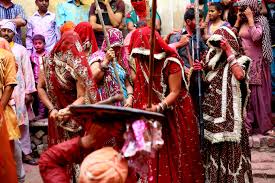
Not colours, but sticks and stones; that is how Holi is celebrated in a village near Mathura. Better known as the festival of colours, Holi brings about water-drenched, colourful euphoria among the people in most parts of the country. But the Lath Mar Holi celebrated at Barsana near Vrindavan in Uttar Pradesh is a different game altogether.
Lathmar HolI? What is that?
A literal translation would be ‘Beating Sticks Holi’. In this, the women of Barsana beat up the men who come from the neighbouring village of Nandgaon to play Holi with them.
Why do they do that? And why do the men come every year to get bashed up?
Barsana is believed to be the birthplace of Radha who was Krishna’s lover and divine consort. The story goes that Krishna slapped mud or a brown coloured powder on her cheeks because she was fairer than him. Radha beat him with a stick for this and when he brought his gang of guys from Nandgaon, Radha and her friends beat them all up. The men came with colours and water. Even today the men of Nandgaon where Krishna grew up come to Barsana and the ritual is replayed. The men rush in praying colours and water and try to get to a temple dedicated to Radha in order to hoist a flag on its roof. They come padded and well-armed with protective shields. The women await their arrival with sticks in hand and start raining down their sticks on their backs as soon as they start trooping in, in groups. Some men are forced to dress up in skirts and sarees too! While the men try and get to the temple, the women make every attempt to block their path and not let them anywhere near it.
Really? That’s how it started?
Well, that’s what we have heard. But it is also possible that the ritual is aboriginal in its origins. Over the years, the practice grew popular and was made part of the larger mythological narrative.
Aboriginal practices? Such as?
Lighting of bonfires, dancing in streets, shouting obscenities, throwing mud at each other, playing pranks on women, women playing on the swings (dolayatra), throwing water at each other etc; these are all aboriginal practices. In some cases communities often got together to hurl abuses at a god or each other or garland deities with shoes — Holi is a fertility festival and probably was celebrated by aboriginal people in a similar fashion. But what we have retained today is the lighting of bonfires and splashing water and colours on each other.
Sounds fun?
Of course it is. It was also a lot of fun when it was first played eons ago. It was also a festival meant to denote the end of a year. That is why we light a bonfire which, in a way, is how you bring closure to the past and set the stage for all things new in the New Year.
I am confused– is this a New Year Celebration?
Not exactly. In the Hindu calendar, Holi comes before the year ending festivals that are celebrated by most communities sometime around the middle of April. It is a harvest festival. But the LathMar Holi carries some traces of the way the new year-year end festivals were celebrated.
Like what?
During ancient times in Europe, the Maypole and in India during the Vedic period, the Indradvaja festival was celebrated. For this, a pole was erected in the centre of the village, it was decorated with flowers and fruits and people drank, partied and danced around it. At the end of the celebration the pole was set on fire. The belief was that fire would kill evil and usher in a new beginning. Holi or Hutasani means that which is brought to closure by fire. Also soon after Holi, the New Year is brought in by several communities in the country.
And is Holi celebrated in March every year?
It could be in February or March. The celebrations are during spring. The festival period starts ten days before full moon of Phalgun (February – March). But the Holi or bonfire happens only on the last day or the full moon day of Phalgun. In Manipur, the Holi festival lasts the entire 8-10 days.
Interesting. And is there any other story of Holi ?
Yes. There is a story that says Holi was celebrated by burning the demoness Holika, sister of demon king Hiranyakashipu and father of Prahlad. In south India, Holi was celebrated as the lamentation of Rati wife of Kama who was burned by Shiva.
(You can read the full story here.)
Information collected by: Vidya Kamat
Text Source: Hindu World: An encyclopedic Survey of Hinduism By Benjamin Walker.
Location: All India







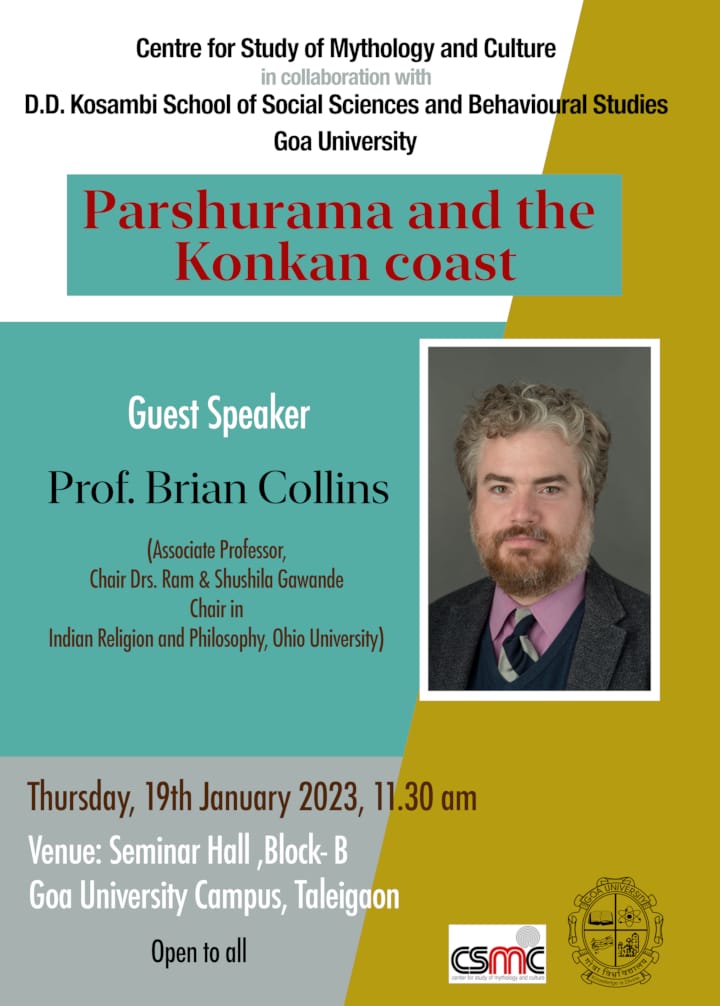
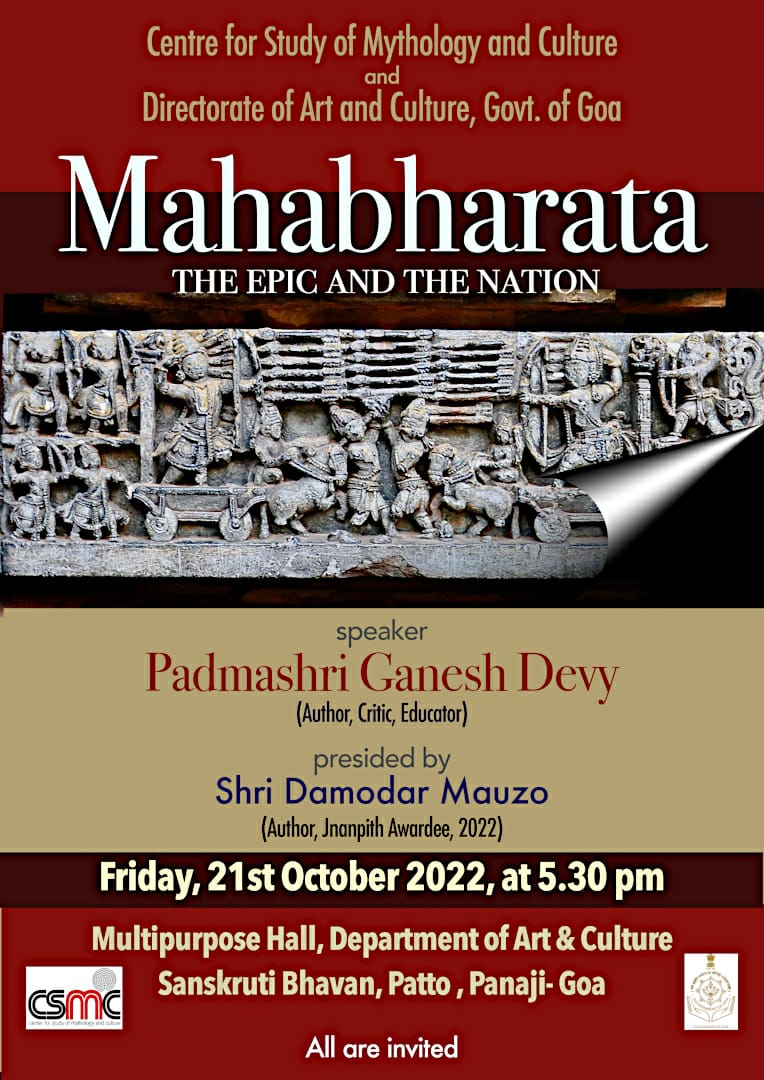
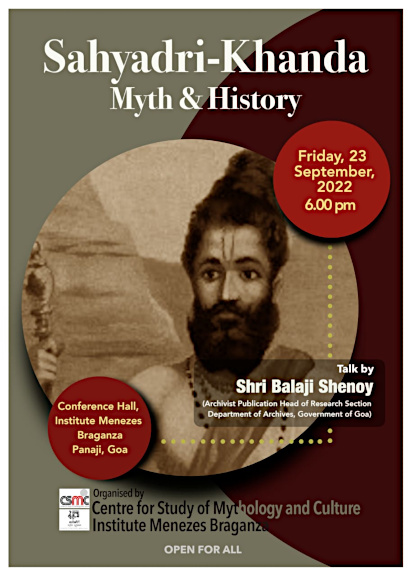
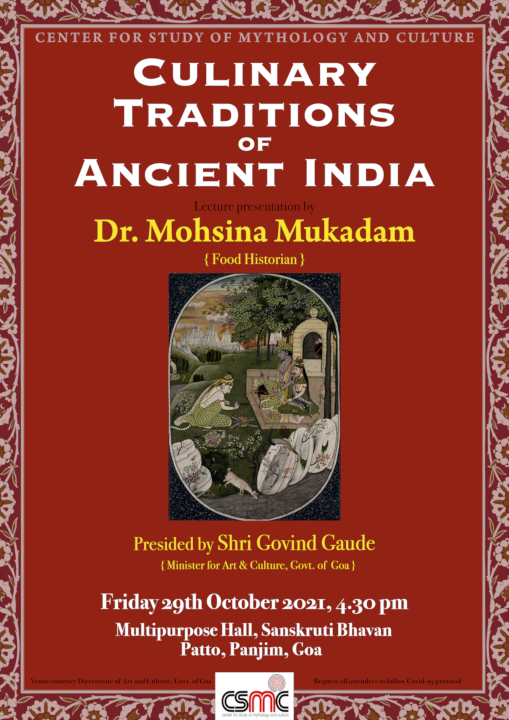

Leave a Comment